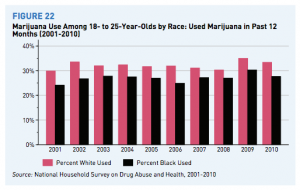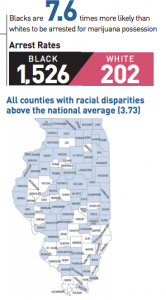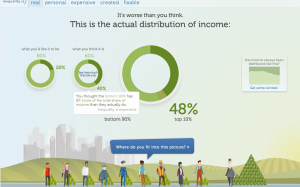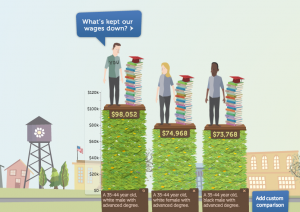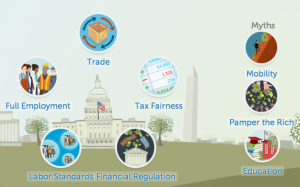Do we have enough historical context when we talk about race in America? This past week there was a celebration of 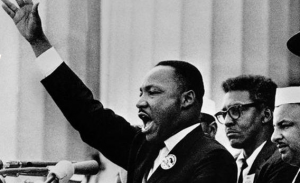 the 50th anniversary of the March on Washington for Jobs and Freedom. This larger historical event included Dr. Martin Luther King Jr.’s “I have a dream…” speech.
the 50th anniversary of the March on Washington for Jobs and Freedom. This larger historical event included Dr. Martin Luther King Jr.’s “I have a dream…” speech.
First, I think we are too quick as a society to want to talk thoughtfully about something as it is happening (e.g. multiple 24-hour cable news networks, Twitter, etc). With our students I think we need to encourage  the idea that critical thinking takes time and rigorous reflection. That doesn’t mean we can’t discuss events as they happen, but too often, in the public sphere, that has become the extent of it. As academic researchers we know it can take years to formulate, collect, analyze, and publish rigorous research.
the idea that critical thinking takes time and rigorous reflection. That doesn’t mean we can’t discuss events as they happen, but too often, in the public sphere, that has become the extent of it. As academic researchers we know it can take years to formulate, collect, analyze, and publish rigorous research.
Back to the issue of race in the US…
Eighteen year-old college students seem to be at great risk of lacking any historical context (just ask them about the Cold War). This is especially true regarding race. The idea of racially segregated services, restaurants, busses, drinking fountains and more supported by Jim Crow laws seems foreign to many. That is a good thing in many respects, but for a complete understanding of race in the United States, we all need a taste of what it used to be like in the not too distant past. After all, I was not alive then either.
The first of two great resources for illumintaing this history is the Emmy-award winning film, Eyes on the Prize, a 3-DVD documentary covering the crux of the civil rights movement from 1954-1965. I do not show the entire film in my introductory courses, but some of the most striking footage is of the National-Guard-escorted integration of
show the entire film in my introductory courses, but some of the most striking footage is of the National-Guard-escorted integration of 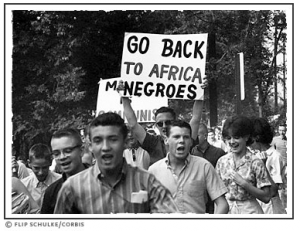 Little Rock’s Central High School. Also, if available, it may be valuable to dig up a bit of research on the integration of your college or university as well. It often brings the issue “home” when students discover that Blacks were not allowed into the student union until 1955, for example. You can find some clips on YouTube.
Little Rock’s Central High School. Also, if available, it may be valuable to dig up a bit of research on the integration of your college or university as well. It often brings the issue “home” when students discover that Blacks were not allowed into the student union until 1955, for example. You can find some clips on YouTube.
The other valuable resource was brought to my attention from a resource site maintained by Chad Gesser, an Associate Professor at Owensboro Community and Technical College. The Library of Congress Prints and Photographs Division has a collection of photographs documenting the enforced racial discrimination of the Jim Crow laws.
Fortunately, to most students, the idea of legal segregation seems preposterous, but it should not seem either impossible or unreal. It was very real and these photographs help bring that reality a bit closer.
Making sure students understand the realities of the past is a necessary part of their fully comprehending the situation today.
Teach well, it matters.
. . .
ADDENDUMS
July 18th, 2015
The Washington Post published a photo essay, what they consider captures the definitive black American experience. I think it is very important to begin any class or section on race with a historical look. Few of today’s students have a concept of how far we have come and how bad it was.
See all of the photos here.
. . .

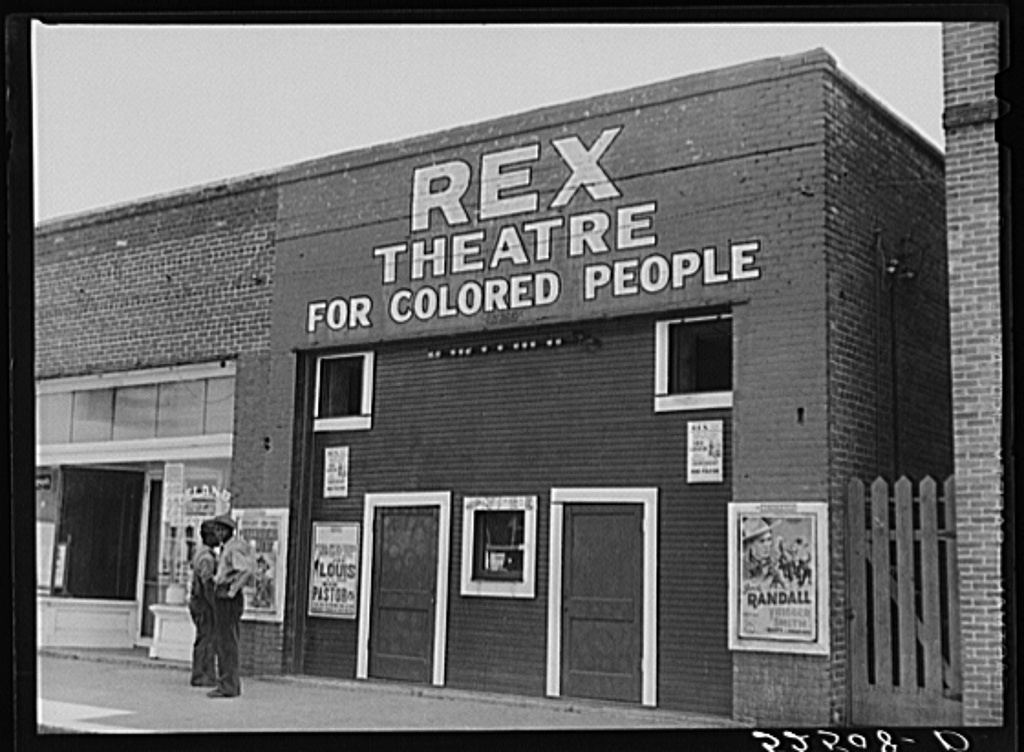
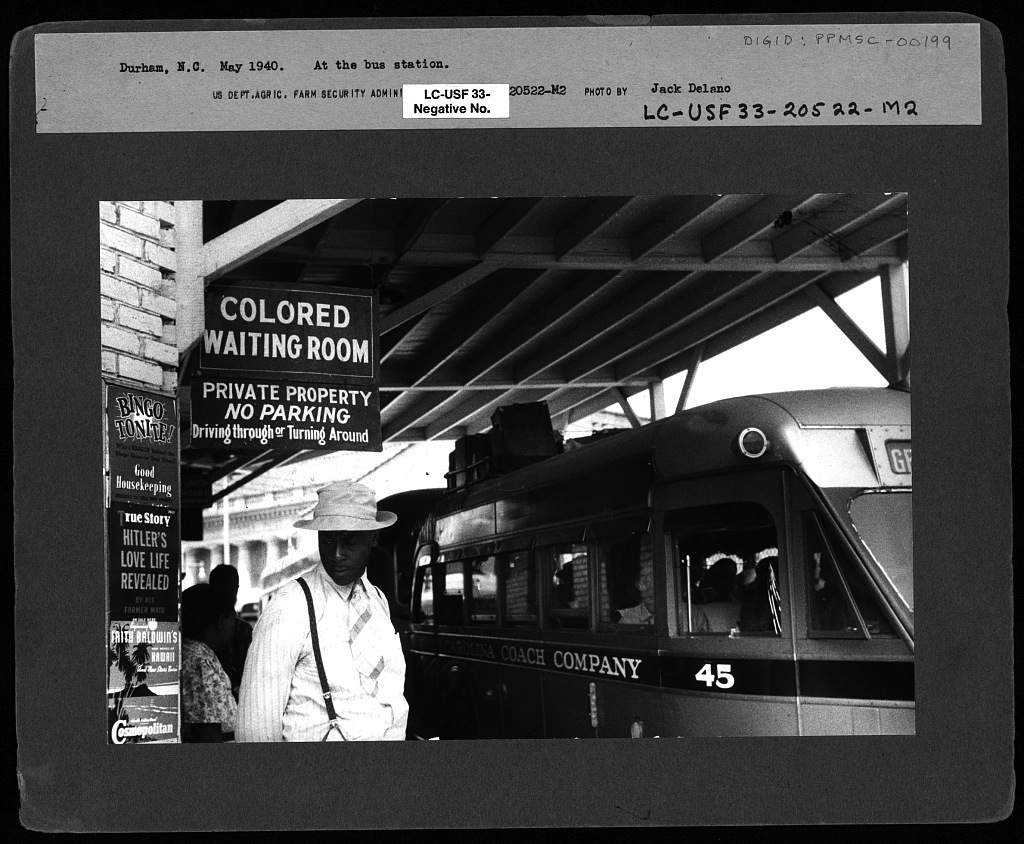
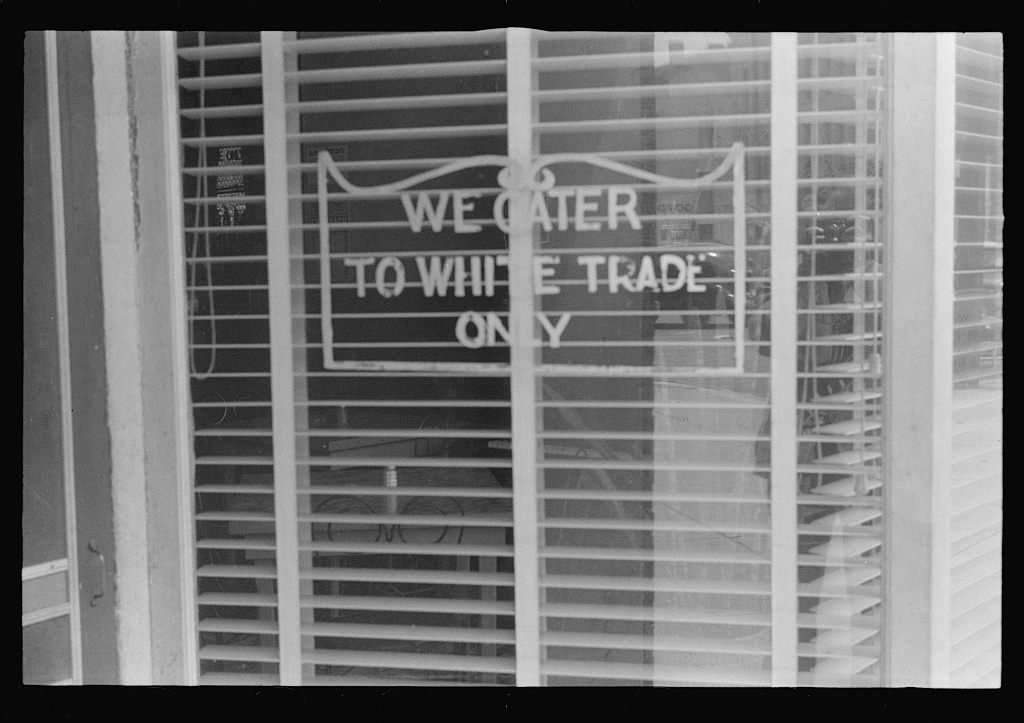
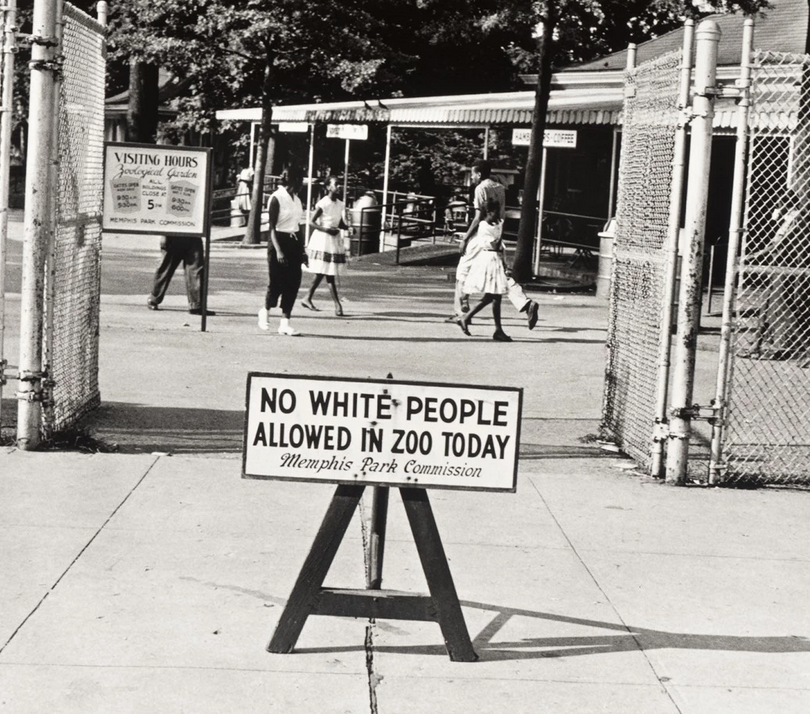
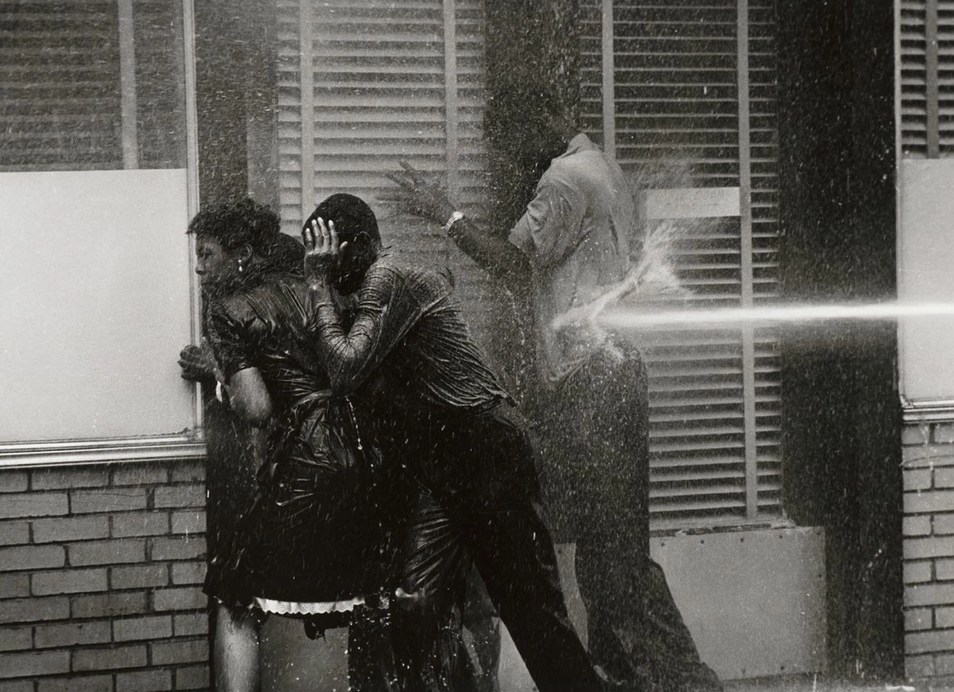
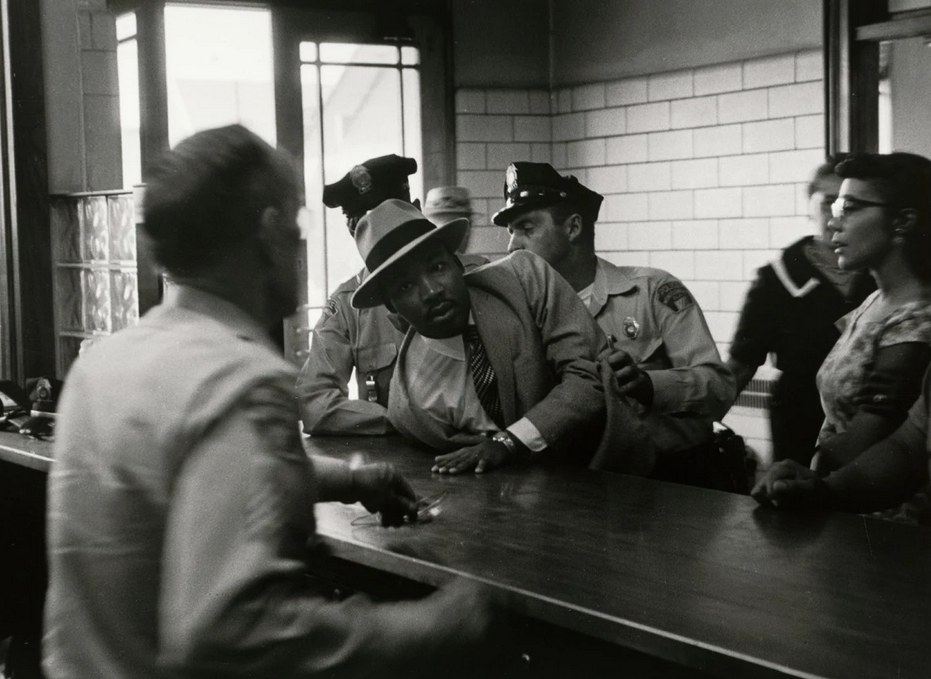
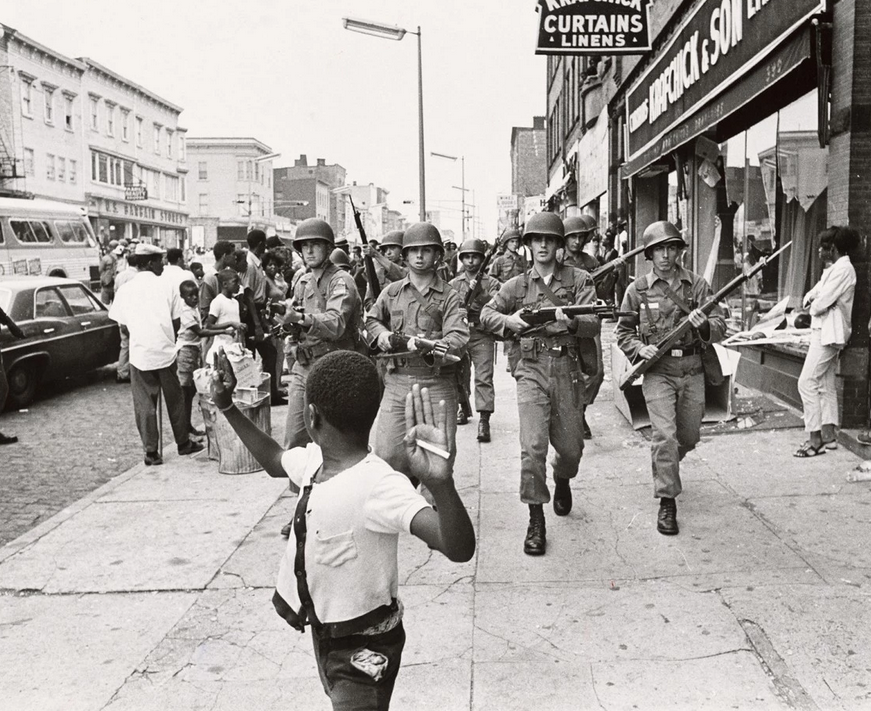


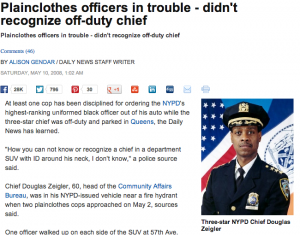


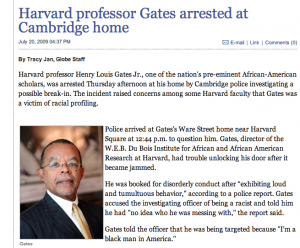
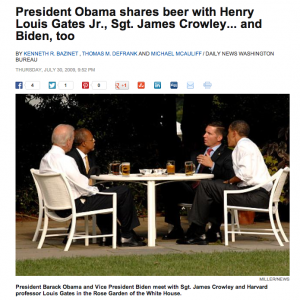

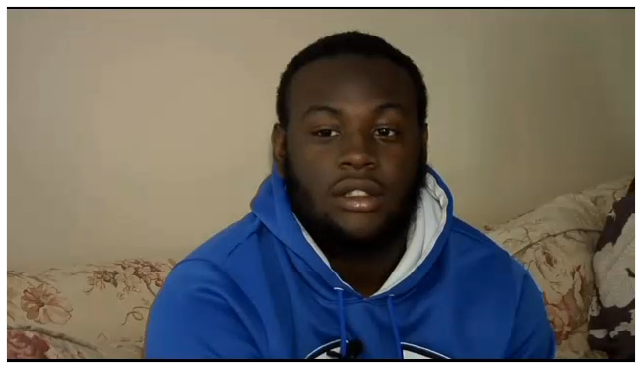
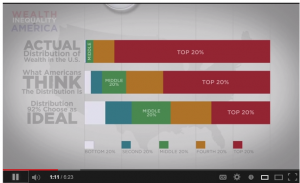
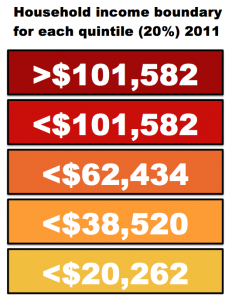
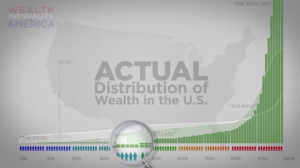
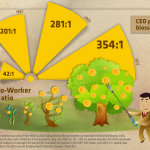
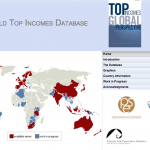
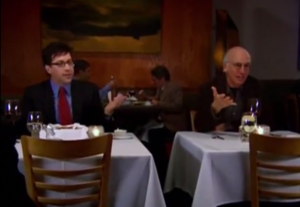
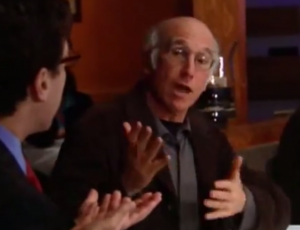
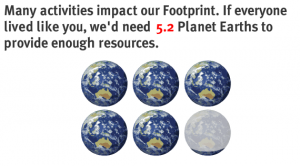


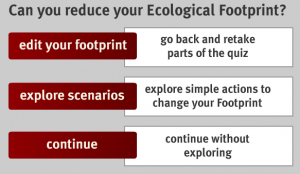
 The war on drugs impacts people differently based on race. The rate of drug use among populations does not correspond to the rate of incarceration for drug use. Many students often assume that the higher rate of African American males in US prisons is simply a reflection of higher rates of crime. After all, it is called the justice system. An extensive
The war on drugs impacts people differently based on race. The rate of drug use among populations does not correspond to the rate of incarceration for drug use. Many students often assume that the higher rate of African American males in US prisons is simply a reflection of higher rates of crime. After all, it is called the justice system. An extensive 